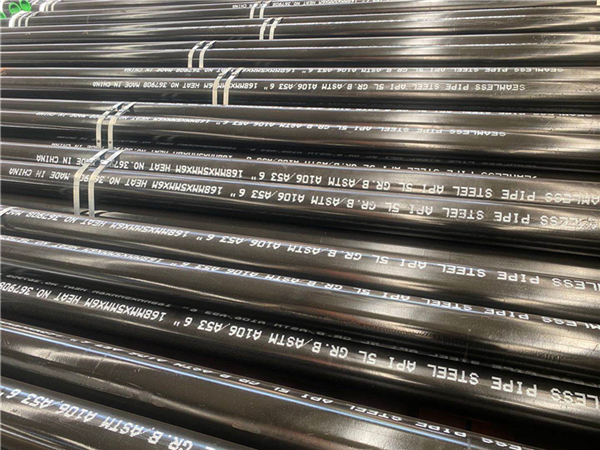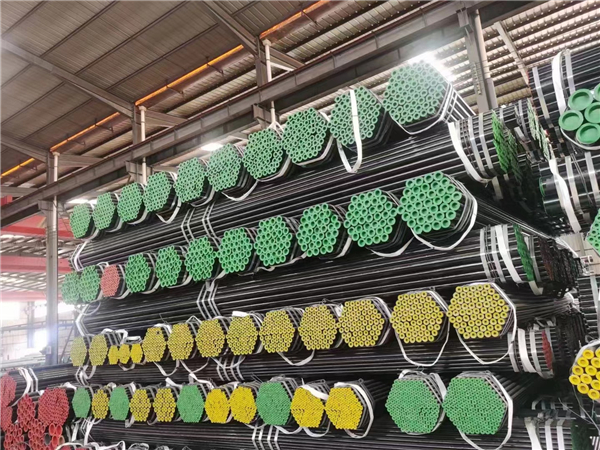First, the basic principle of seamless tube continuous rolling and hot rolling:
- Seamless tube continuous rolling: This process involves continuously rolling billets in a series of fluted rolls. The billet is continuously compressed and stretched to form seamless steel tubes without any interruptions.
- Hot rolling: In this process, the billet is first heated to a specific temperature and then rolled through a series of rolling units to shape it into a seamless pipe.
Second, the process difference between seamless tube continuous rolling and hot rolling:
- Processing accuracy:
- Seamless tube continuous rolling: The use of groove rolls in continuous rolling allows for increased contact area, reducing deviations during the rolling process and resulting in higher machining accuracy. The continuous stretching and compression of the billet further contribute to achieving greater precision.
- Hot rolling: Hot rolling can be influenced by temperature and other factors, making it more prone to uneven deformation and sleeve deformation. As a result, the accuracy achieved through hot rolling is often slightly lower compared to seamless tube continuous rolling.
- Appearance of finished products:
- Seamless tube continuous rolling: The finished products of continuous rolling typically have a smooth appearance with minimal defects and wrinkles.
- Hot rolling: The finished products of hot rolling may have roll nicks, surface roughness, and other imperfections.
- Scope of application:
- Seamless tube continuous rolling: This process is well-suited for manufacturing high-precision and high-strength seamless steel pipes, particularly large-diameter pipes and those with thick walls.
- Hot rolling: Hot rolling is more suitable for the production of thin-walled pipes and small-caliber steel pipes.
Three, performance differences between seamless tube continuous rolling and hot rolling:
- Strength:
- Seamless tube continuous rolling: The higher processing precision in continuous rolling results in higher relative strength in the produced steel pipes.
- Hot rolling: Due to the shear stress encountered in hot rolling, slight deformations may occur, leading to relatively lower strength compared to seamless tube continuous rolling.
- Mechanical properties:
- Seamless tube continuous rolling: The internal structure of pipes produced through continuous rolling is denser, resulting in better mechanical properties, particularly in terms of tensile strength and yield strength.
- Hot rolling: Since hot rolling is affected by temperature, the internal structure may be less dense, leading to slightly inferior mechanical properties.
- Forging performance:
- Seamless tube continuous rolling: Pipes manufactured through seamless continuous rolling exhibit good forging properties, making them suitable for various cold and hot working requirements.
- Hot rolling: Hot rolling is characterized by relatively poor forging performance due to the temperature influence during the processing.
In conclusion, seamless tube continuous rolling and hot rolling differ in principle, process, and performance. Seamless tube continuous rolling is ideal for manufacturing large-diameter and thick-walled steel pipes with high precision and good appearance. On the other hand, hot rolling is more suitable for producing thin-walled and small-caliber steel pipes at a relatively lower cost. Depending on the specific needs, readers can choose the appropriate steel pipe manufacturing process.


Post time: Nov-14-2023
